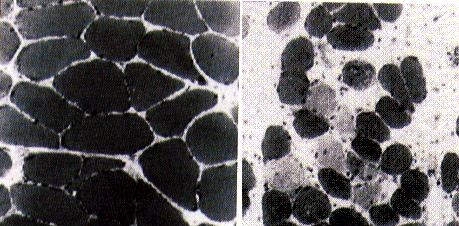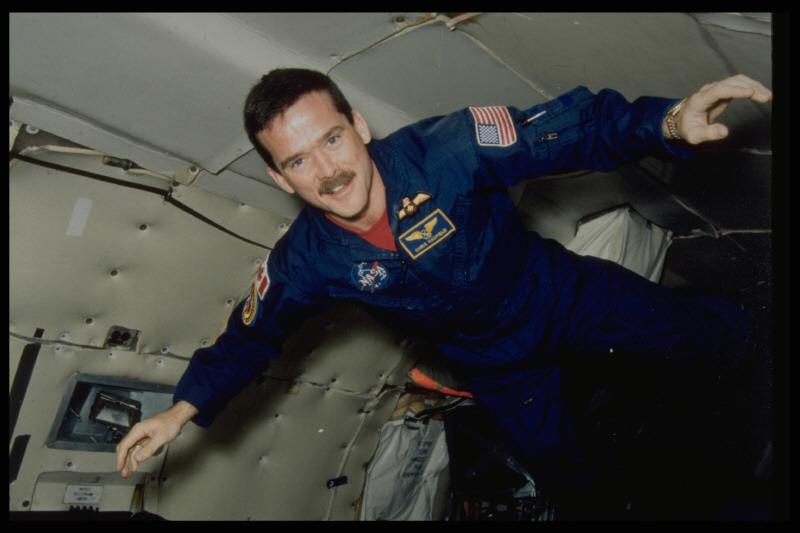What happens to muscles in space?
While living and working in space is mentally strenuous, the absence of gravity makes working in a spacecraft physically undemanding. On Earth, we must constantly use certain muscles to support ourselves against the force of gravity. These muscles, commonly called antigravity muscles, include the gastrocnemius (calf muscles), the quadriceps, and the muscles of the back and neck. Because astronauts work in a weightless (microgravity) environment, very little muscle contraction is needed to support their bodies or move around.
Without regular use and exercise our muscles weaken and deteriorate, a process called atrophy. Studies have shown that astronauts experience up to a 20% loss of muscle mass on spaceflights lasting five to 11 days. The loss of muscle mass corresponds to a loss of strength that can be potentially dangerous if an astronaut must perform a strenuous emergency procedure upon re-entry into the Earth's gravitational field. Even though muscle mass and strength can be regained once astronauts have returned to Earth, maintaining muscle in space is a concern, especially for long-duration space missions.

Cross sections of rat muscle show the effect of space on muscles. Left=Earth, right=space. (Credit: NASA)
The only way to minimize muscle atrophy in space is through intensive exercise, particularly strength training exercises, combined with an adequate diet. However, the two and a half hours per day that astronauts on the International Space Station (ISS) must spend exercising greatly reduces mission efficiency. In order to reduce the amount of time that must be spent exercising on space missions, studies have been done on the use of electrical muscle stimulation to maintain muscle strength and mass.
Explore further
- Date modified:
